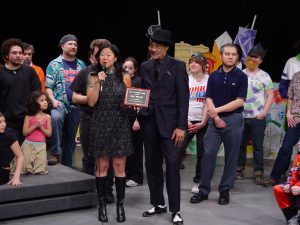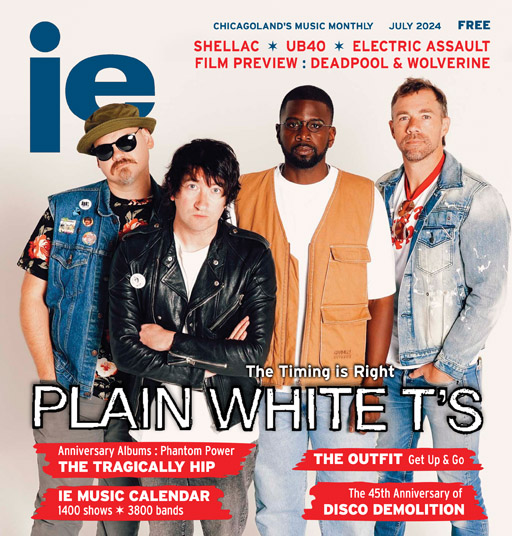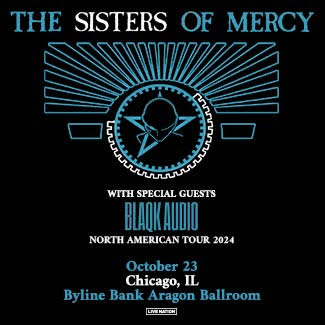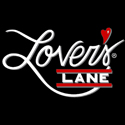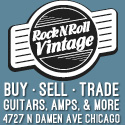Media: February 2013
Musicians who are trying to get their music heard on the Internet – and failing – may want to take a second look at public access TV. Specifically, the Chicago Access Network or CAN-TV, which has been airing every imaginable type of music and message created by Chicagoans since 1985.
“You think you can put anything on the Internet,” Jake Austen says. The co-producer of the long-running all-ages rock ‘n’ roll dance show “Chic-A-Go-Go,” which airs Tuesdays at 8:30 p.m. and Wednesdays at 3:30 p.m. on CAN-TV 19, continues: “But no one’s going to find it unless you’re looking for it. If you’re on Channel 19 and someone comes through flipping channels and you put something on that is ridiculous or exciting, people are going to stop if your band looks awesome. People will stop and look at you out of curiosity; you’re going to get eyes that you would never have gotten on you if you utilize it correctly.”
The Roctober magazine publisher stumbled across CAN-TV back in the early ’90s. “There was the girl named Kelly [Kuvo] who was in the Scissor Girls, who was utilizing it for all of her art projects – TV shows and music videos,” he says. “It was really inspiring. My wife and I always wanted to do a show and were interested in alternate media. But seeing someone we knew really utilizing it was really inspirational.”
Austen says the format is every bit as relevant as it was when he and co-producer Jacqueline Stewart launched their show in 1996.
“Now, when people can do so much on computer, you’d think it’s less important to have that space. But there’s nothing like having a five-camera studio to be able to shoot whatever you want to shoot as long as it’s not commercial. There are no limits as far as ideas or attitudes or anything like that.
“I’ve seen the most underground rap artists, different kinds of ethnic bands, big bands – people have really pushed what you can do in that studio,” Austen says. “You’re recording on mono on an old board, but the energy you can get is really something.”
Anyone with a Chicago ID or letter from a nonprofit organization and $25 can attend one of CAN-TV’s mandatory orientation sessions and learn how to use the equipment in a basic studio production class on the way to becoming a producer (for about $200). Content is completely up to the producer, as long as it’s not offensive or commercial. (Learn more at cantv.org).
Access is cheap and easy because cable came late to Chicago, and activists demanded it. CAN-TV was incorporated in 1983 as part of the city’s progressive cable ordinance and began serving the public in 1985. Funded by the cable companies, the freestanding independent nonprofit has trained 16,000 Chicagoans and 5,000 nonprofit representatives to use the equipment; over 200,000 local shows have been cablecast as well as 20,000 hours of live shows and thousands of live events.
“I think it’s important that people in Chicago understand that this should not be taken for granted,” CAN-TV executive director Barbara Popovic says. “The decision was made in Chicago to make sure there are set-aside channels on cable TV and funding for a maximum amount of public participation. If you look at how cable has unfolded around [the] country, Chicago has done it right by making sure local residents had a say and had a way to be involved, because that doesn’t happen everywhere.
“I think it’s important for people to have a trusted local organization where they know that their speech and their free expression and creativity will be the priority,” she continues, “so that they can come and use CAN-TV to get their message out, whatever that may be, and that we’re going to do it without judgment and without requiring a lot of money – without a lot of the normal obstacles people face when they’re dealing with the media.”
Austen has worked on hundreds of TV shows over the years. “What’s really nice is that different people are doing it for different reasons. There are church people who want to get their preaching on TV, egoists who want to be stars, different people with political views trying to get on, activists, eccentrics. You end up working with a bunch of people you wouldn’t ordinarily get to know,” he says. “That influences what you can do there. You can let people who are helping you influence content. It’s really special.”
ODDS ‘N’ SODS: After a long struggle with school administrators, Northeastern Illinois University‘s WZRD-FM (88.3) returned to its regular free-form format with live “Wizard” DJs last month. The university had been broadcasting an iPod playlist since barring Wizards from the station in June . . . New York-based “Democracy Now!” is now heard weeknights at 8 on Newsweb Radio‘s WCPT-AM (820) and simulcast on WCPY-FM (92.5), WCPT-FM (92.7), WCPQ-FM (99.9), and ChicagosProgressiveTalk.com . . . FCC chairman Julius Genachowski has been talking about loosening the media cross-ownership ban in top 20 markets, which would open the door for News Corp. chairman and CEO Rupert Murdoch to purchase the Chicago Tribune and Los Angeles Times. As Mike Royko once said, “[H]is goal is not quality journalism. His goal is vast power for Rupert Murdoch, political power.” Learn more at freepress.net.
— Cara Jepsen



